- (英語)HOME
- Learn more about IGA
- History of IGA

History of IGA
Visit places carved with history and ponder the past with the three highways where people and goods once came and went as well as the old townscape, also known as “Little Kyoto”, that evokes a feeling of nostalgia.
Seseragi Athletic Park
The Place Where Lake Biwa Began
This park is located on the banks of the Hattori River. Fossilized footprints of elephants, crocodiles, and other animals that lived here 3.5 million years ago have been discovered here, and it is believed to be the site of Lake Oyamada, which is said to be the beginning of present-day Lake Biwa.
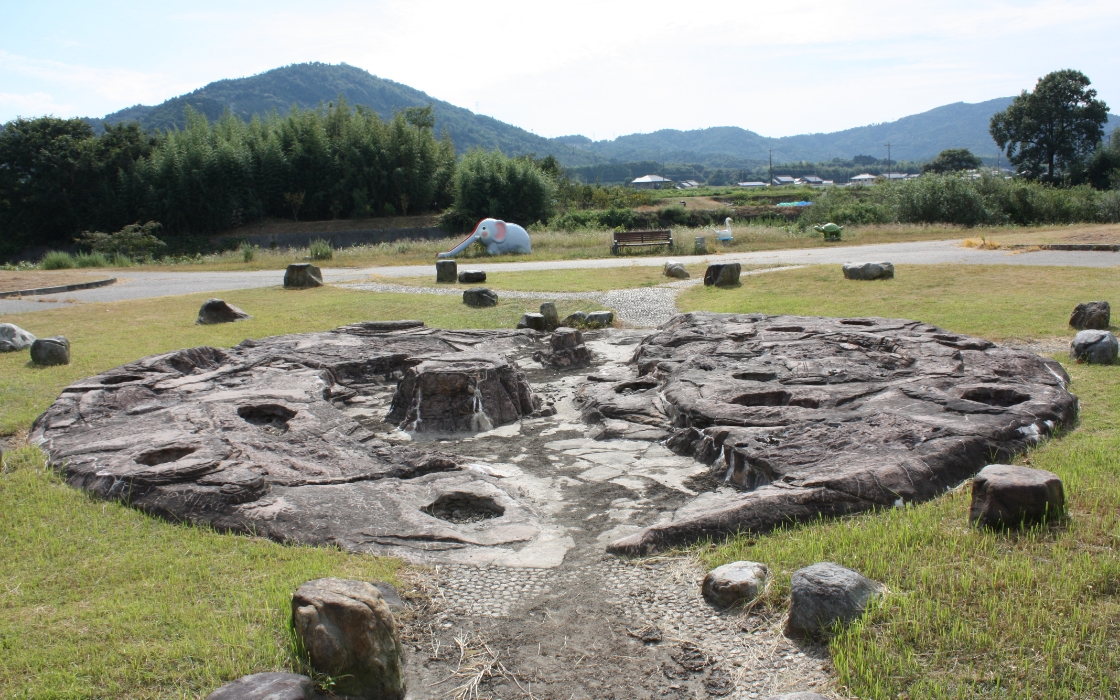
A Model of an Elephant That Once Existed on Display at MieMu
The elephants that inhabited this area were called Mie elephants and are believed to have been larger than modern-day African elephants. Iga Basin and surrounding seas are thought to have been shallow waters (approximately 2,300 to 5 million years ago). A model of the Mie elephant is on display at the Mie Prefectural Museum (MieMu).
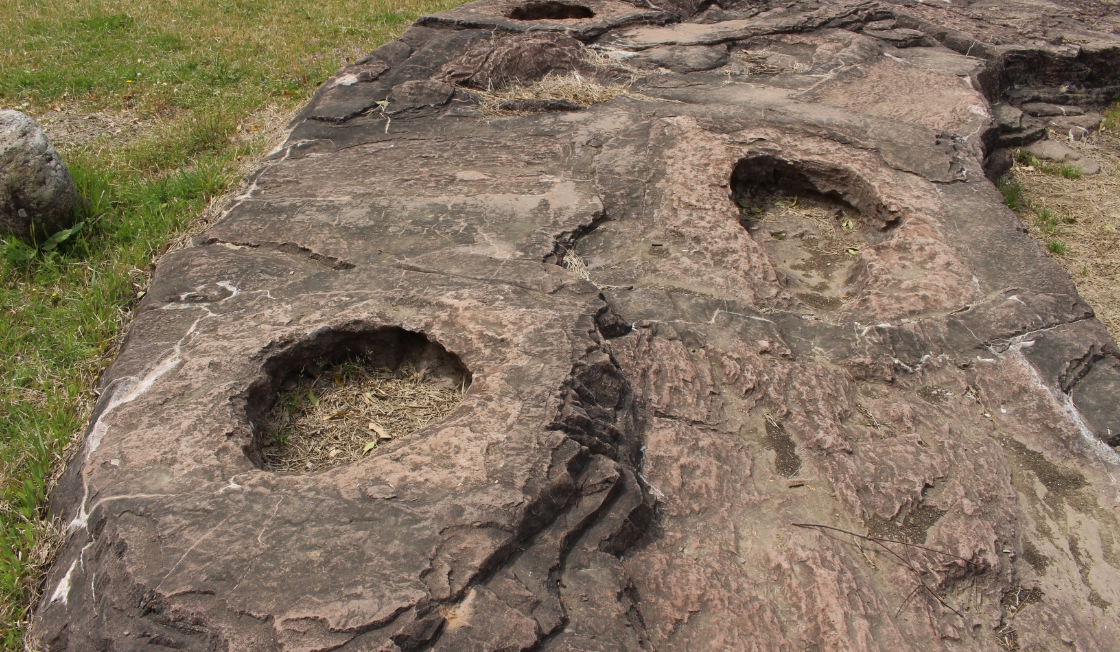
Seseragi Athletic Park
This park along the Hattori River is home to a rare paleontological site where fossilized footprints of elephants and crocodiles—believed to have lived about 3.5 million years ago—were discovered.
The area is also thought to have been the location of Lake Oyamada, a prehistoric lake considered to be the origin of present-day Lake Biwa.
| Adress | Hirata,Iga City,Mie |
|---|---|
| Contact | - |
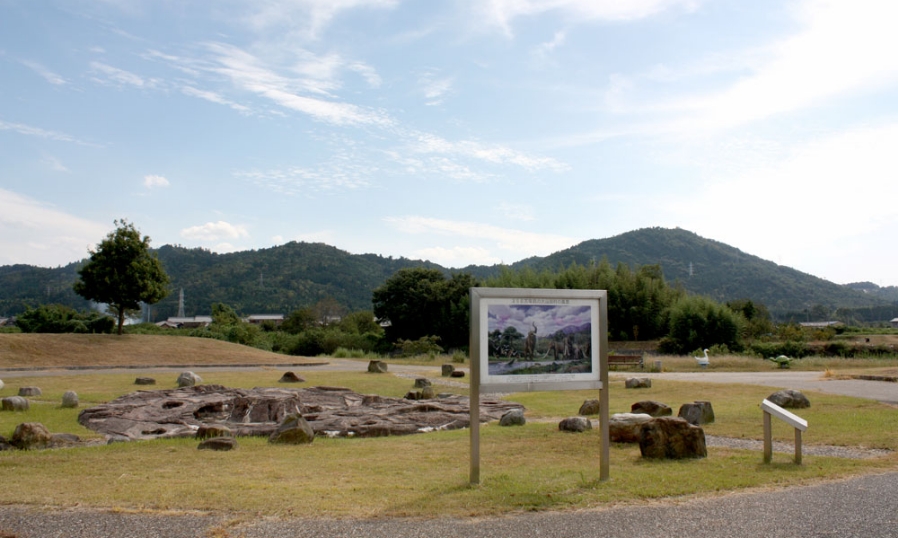
Three Roads Where Developed Iga City
Hase Kaido Road
Hase Kaido Road, which connects the Kyoto and Yamato areas to Ise, was named because it extends from Rokken in present-day Matsusaka, over Aoyama Pass, through Nabari, and finally to Hase in Nara Prefecture. Long ago, it went by the names Aoyamakoshi, Aokoshi, Sangu Omotekaido, and Sangu Kitakaido, and was the road Prince Oama took to Nabari and that Saio took to Ise. It is said that the folk song "Ise Ondo" was sung at Rokken, where the Hase Kaido Road branches off from the Ise Kaido Road, and also at Kaitojuku at the foot of the Aoyama Pass, which is a testament to the many shrine visitors who came and went in those days.
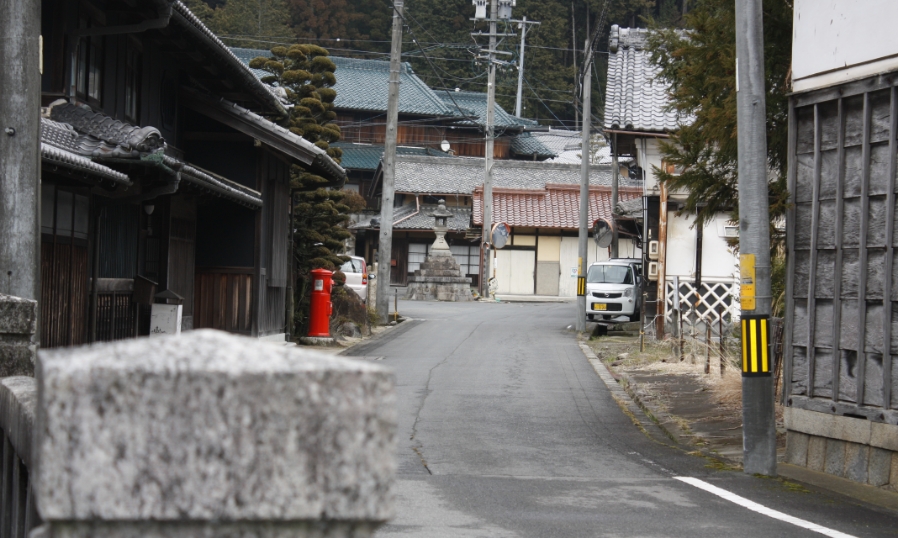
Yamato Kaido Road
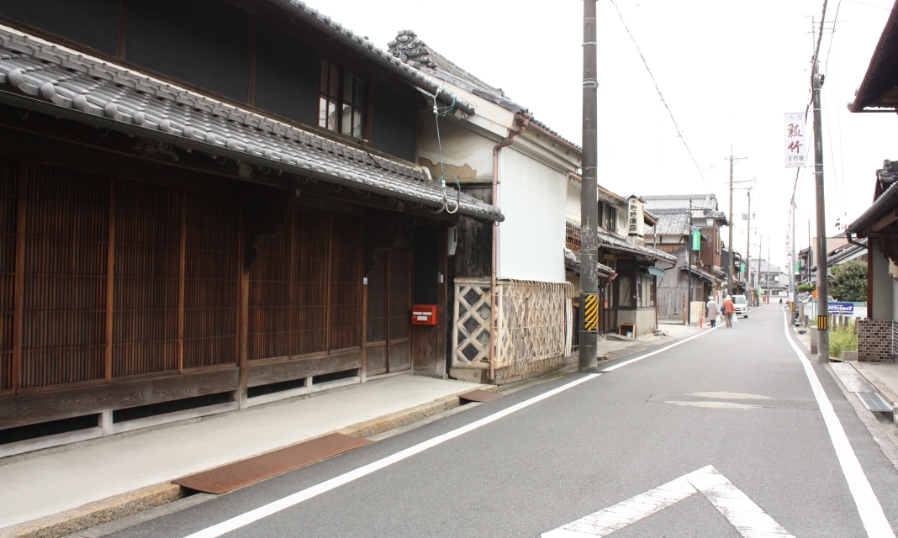
Iga Kaido Road
The Iga Kaido Road developed into the most important official road connecting Tsu (main castle) and Ueno (branch castle) following the relocation of Todo Takatora, the feudal lord of Ise and Iga provinces. This road was not only used by visitors heading to Ise via Ueno, but served as a major economic and lifestyle artery for both Iga and Ise, as it was used for transporting marine products and salt from the Tsu area as well as seed oil and cotton from the Iga area.
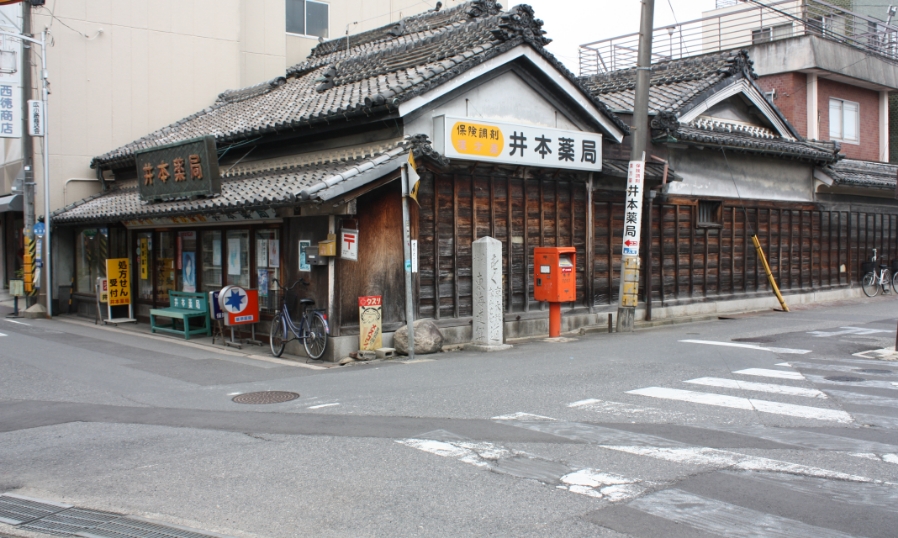
An Edo Period Domain School Nicknamed "Akamon"
An Edo Period Domain School Nicknamed "Akamon"
Though the majority of this school's buildings, with the exception of the lecture hall, were destroyed in the Iga-Ueno Earthquake of 1854, they were later rebuilt. Today, only the educational portions of the school remain, such as the rouge-lacquered front gate known as the Akamon gate, the Onarimon gate through which feudal lords would pass, the Aragaki Dormitory, entryway, lecture hall, north office, kitchen, and library, and is the only surviving domain school in the Kinki and Tokai regions where these can still be seen.
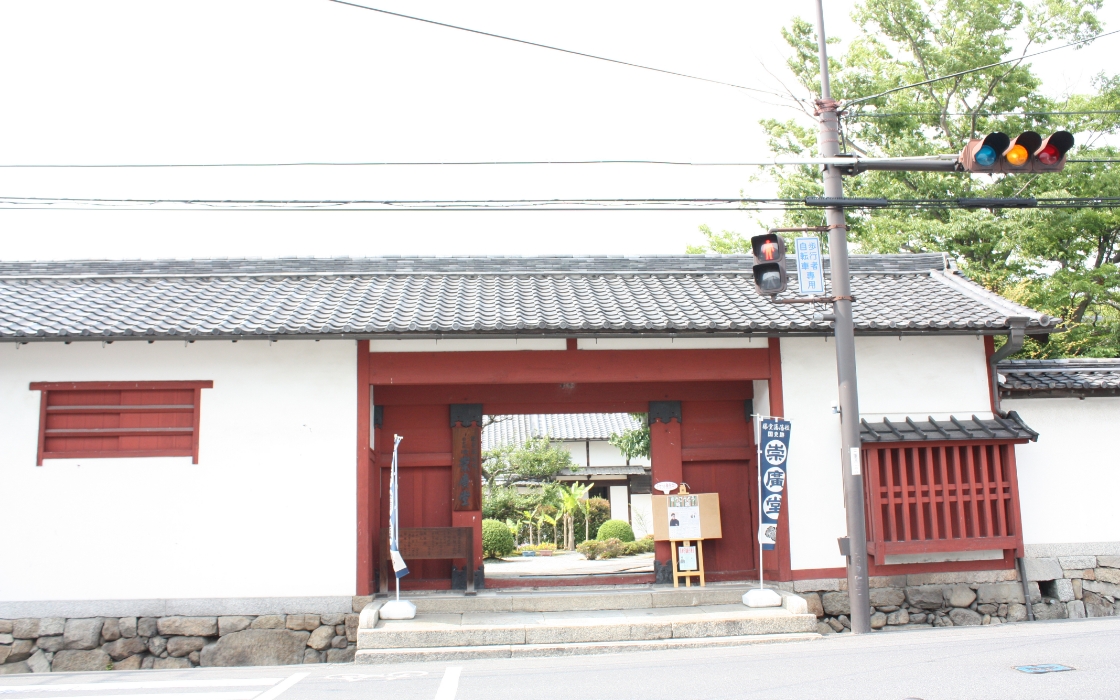
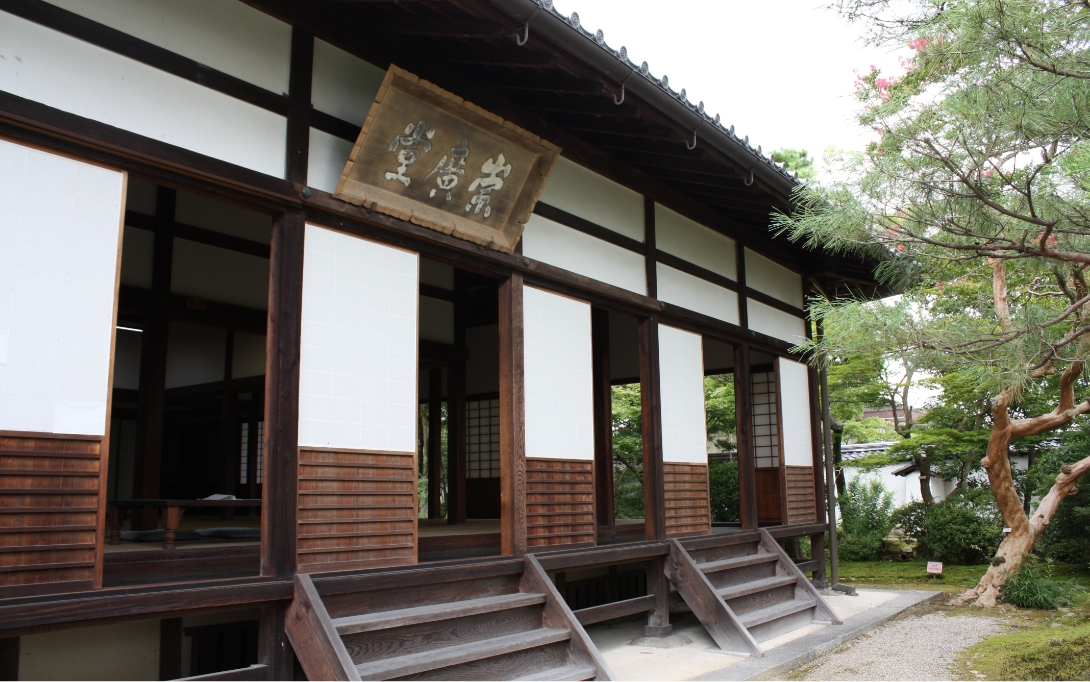
Used as Educational Facilities Since the Meiji Era
In front of the lecture hall hangs a plaque written by Uesugi Yozan, a feudal lord from the Yonezawa Domain. Having undergone repair work and other improvements, this is now a popular venue for a variety of cultural and educational activities. There's also an exhibition hall where materials from that era can be viewed, letting visitors experience the spirit of learning of people who lived more than a century ago.
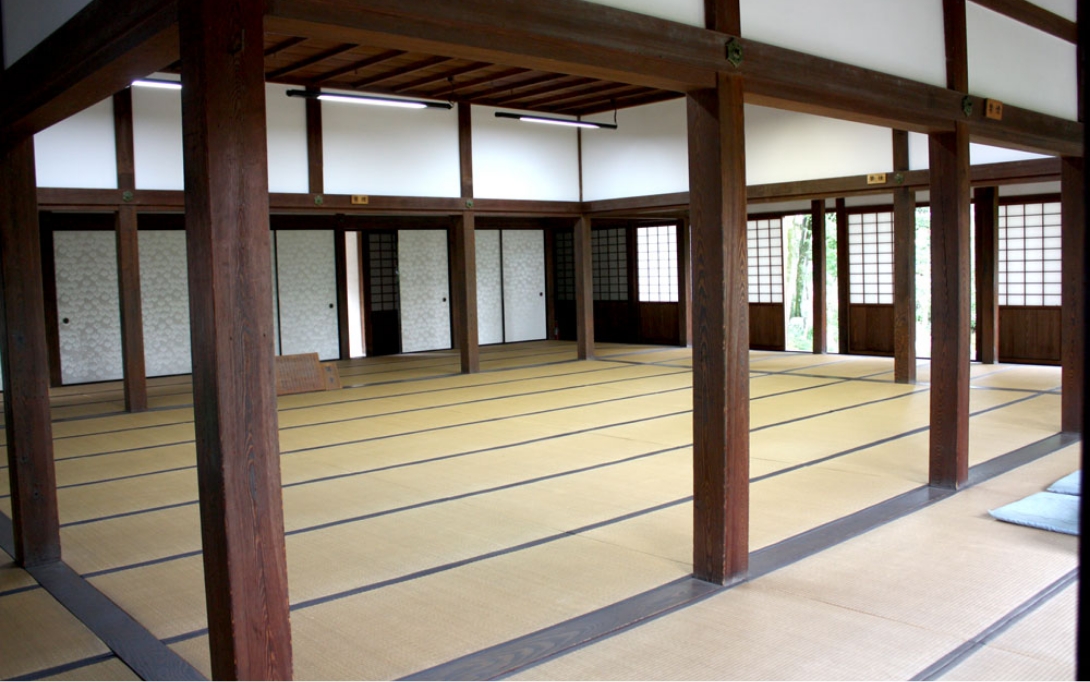
The Only Two Domain Schools In Japan Where The Lecture Hall Remains
The garden here lets visitors enjoy viewing seasonal flowers and foliage, including plum and cherry blossoms, hydrangea, crape myrtles, fragrant olives, and autumn leaves. It was designated as a National Historic Site on November 19, 1930. The only existing lecture halls in Japan from this era are at Shizutani Elementary School (Okayama Prefecture) and here, the former Sukodo.
Sukodo
Nicknamed “Akamon” (Red Gate), this former domain school was established during the Edo period to educate the sons of samurai from the Iga, Yamato, and Yamashiro regions.
The original lecture hall and buildings remain preserved, offering visitors a glimpse into the educational setting of the time.
Sukodo is a nationally designated Historic Site of Japan and stands as an important cultural landmark reflecting the samurai education system of the Edo era.
| Adress | 78-1 Uenomarunouchi,Iga City,Mie |
|---|---|
| Contact | TEL:(+81)595-24-6090 HP:http://www.bunto.com |
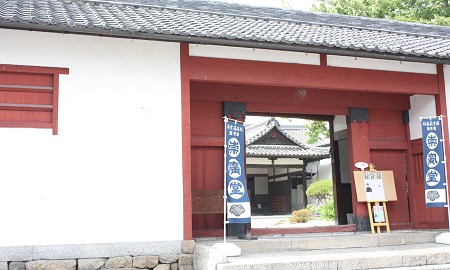
Chikata Cave
A Legendary Place Said to Be The Birthplace of the Ninja
Chikata Cave is a stone castle deep in the mountains, about 10 kilometers up the Maefukase River, a tributary of the Kizu River, and home to the legend of Fujiwara no Chikata, or as the locals call him, General Chikata. The site of the legend of Fujiwara no Chikata was designated by the city as a historical site on August 10, 1970.
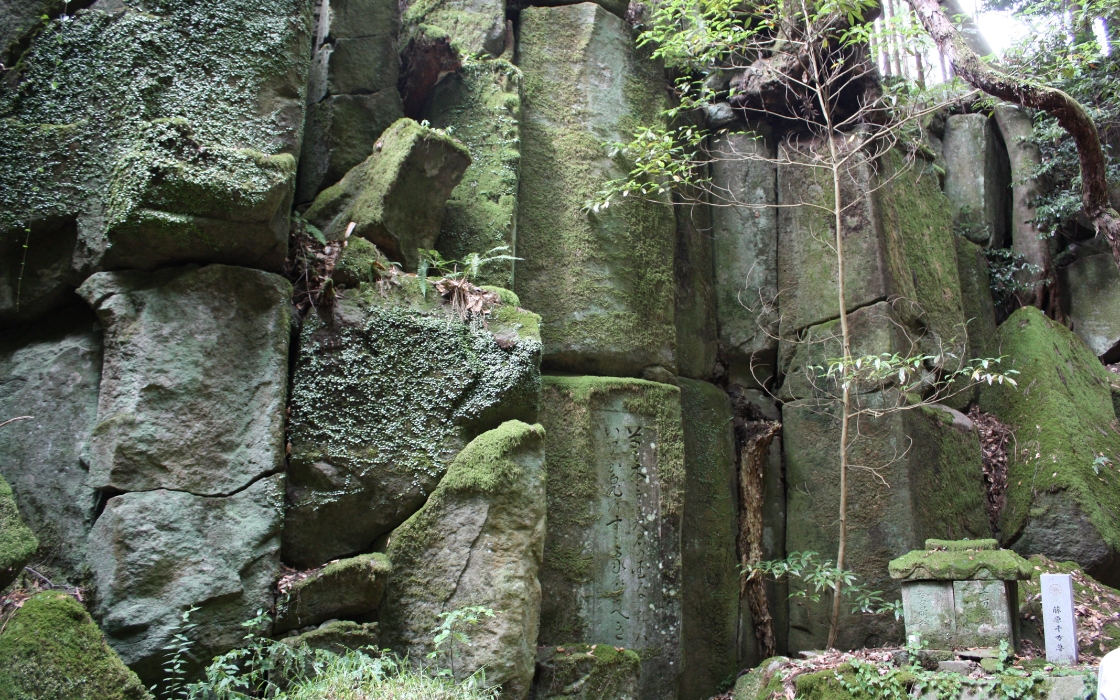
The Legend of General Chikata And The Four Demons
According to the Taiheiki, a chronicle of medieval Japan, during the Heian Period (794-1185), the powerful Fujiwara no Chikata clan who ruled the land on the border between Ise and Iga, together with four demons, started a revolt against the imperial court, then holed up in this stone castle as they engaged in a fierce battle with imperial forces. As such, this location is also known as "The Cave of the Four Demons". It is said that the origins of the ninja can be traced back to the extraordinary divine powers of the four demons and General Chikata.
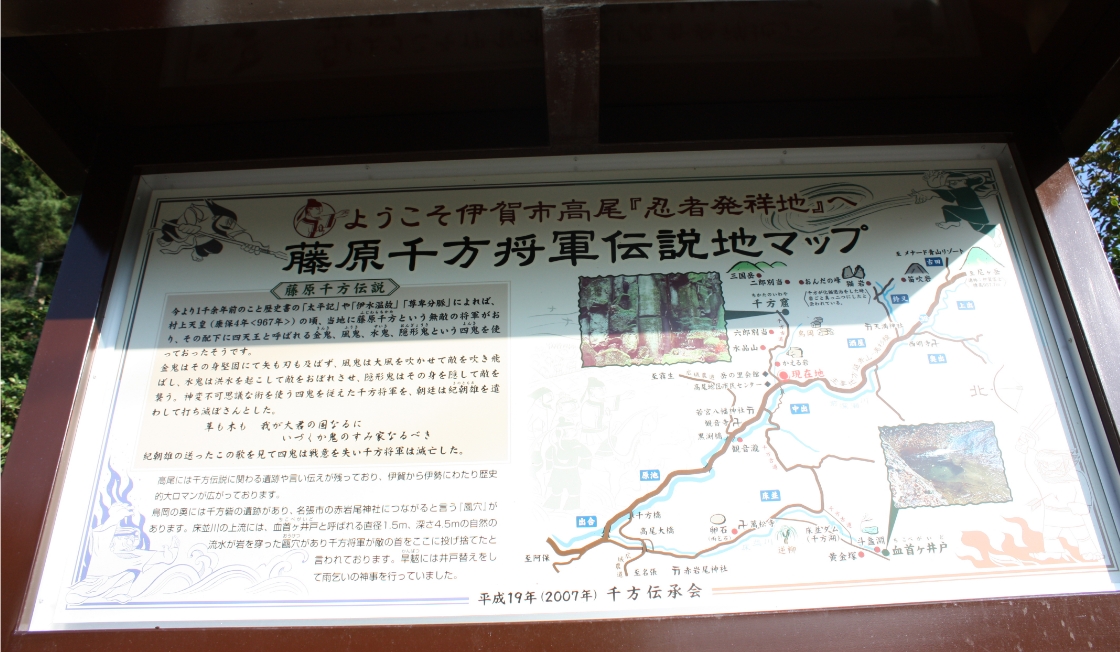
Chikata Cave
| Adress | Kiryu & Takao,Iga City,Mie |
|---|---|
| Contact | - |
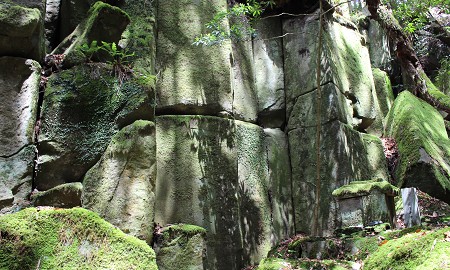
Jonokoshi Ruins
An Ancient Ritual Garden Considered The Root of Japanese Gardens
Excavation of this site began in 1991, and a large trench and artifacts dating from the early Kofun Period (late 4th century) were found here. It was designated as a prefectural historic site in 1992 and then as a National Place of Scenic Beauty and Historic Site in 1993. The site has now been turned into a historical park. At the adjacent Jonokoshi Learning Hall, you can learn more about the Jonokoshi Ruins through its displays on various excavated artifacts such as earthenware and wooden items, as well as video commentary.
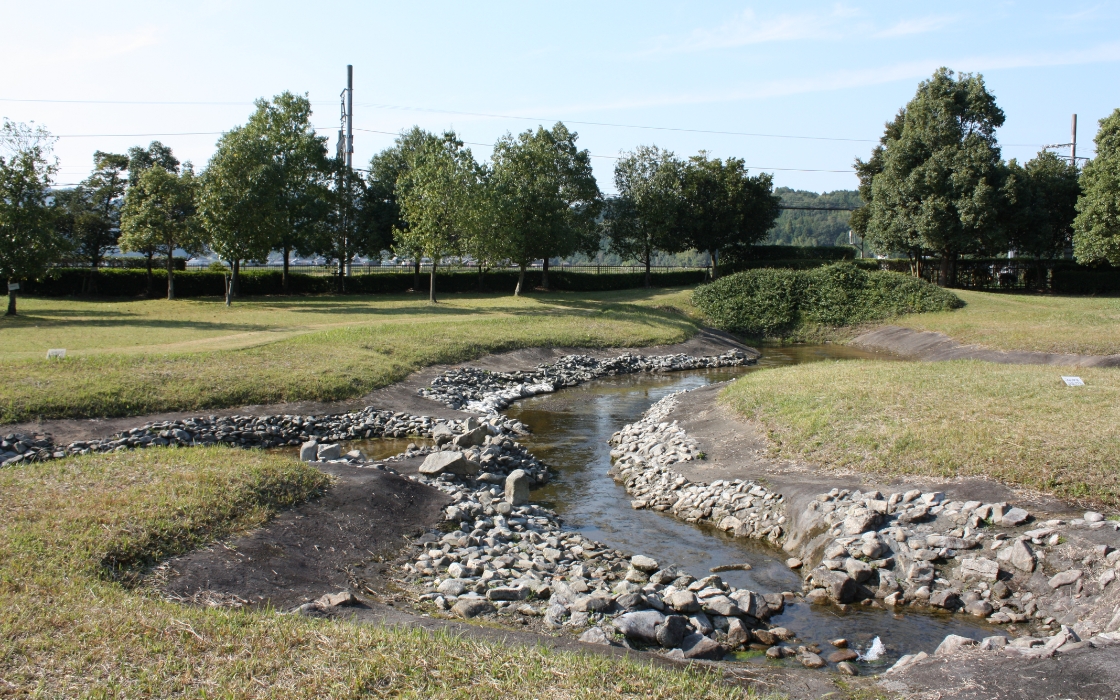
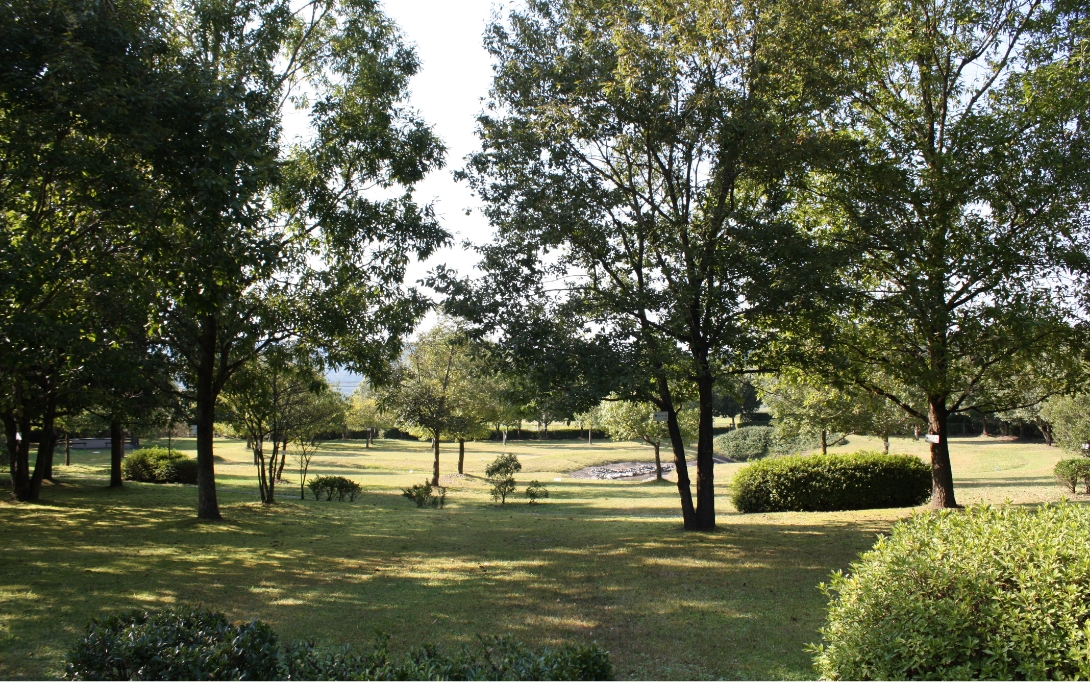
Feel The Ambience of Olden Times
Omizo is believed to have been a place where rituals were held for the water flowing from three springs, and a large number of earthenware and wooden items used for rituals from that era have been excavated here. The site of the ancient ritual is called Yuniwa or Saniwa, and the ruins have been preserved in the state as they were when they were excavated, letting visitors experience the atmosphere of those times long ago.
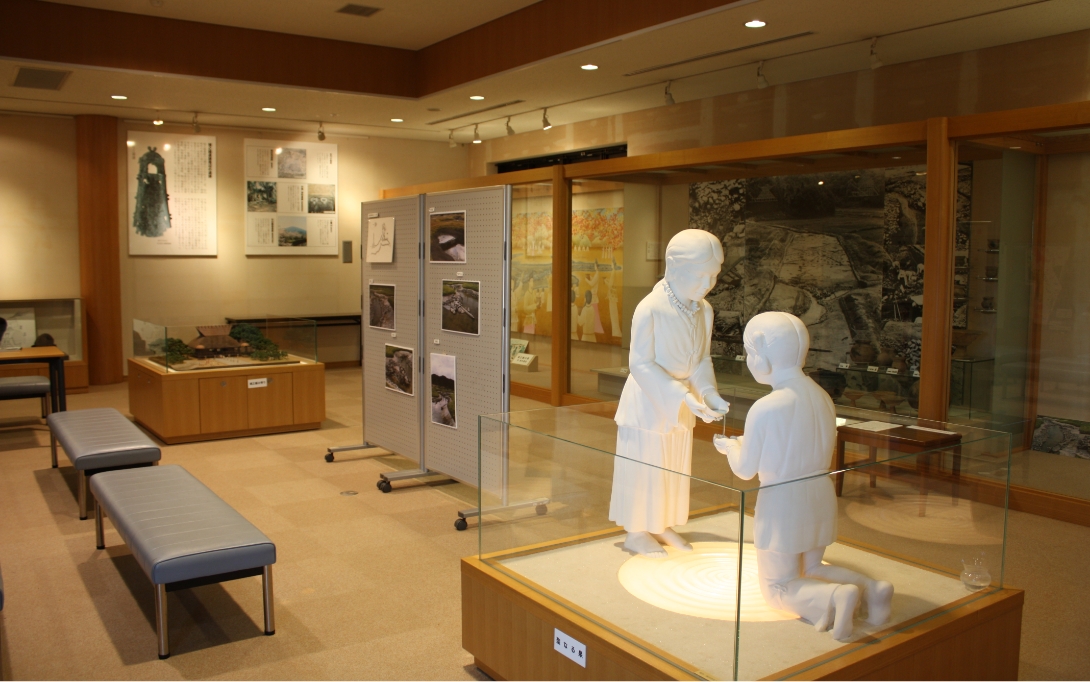
Artifacts Referenced In The Nihon Shoki Also Unearthed
Special artifacts such as serving tables, decorative bows, and even peaches and gourd fruit have been unearthed here. Among these, gourd fruit are mentioned in the Nihon Shoki (Chronicles of Japan) as part of a ritual to appease water deities.
Jonokoshi Ruins
This archaeological site is believed to be the root of traditional Japanese gardens, once used for sacred rituals.
People offered prayers to spring water emerging from three natural sources, making it a rare example of a ritual garden from ancient times.
Nearby, the Jonoegoshi Learning Center displays artifacts and materials excavated from the site, providing deeper insight into the spiritual and cultural practices of the period.
| Adress | 4724 Hido,Iga City,Mie |
|---|---|
| Contact | TEL:(+81)595-36-0055 HP:http://www.bunto.com |
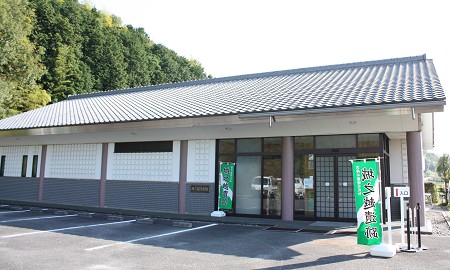
Otogi Pass
A Mountain Pass Taken by Tokugawa Ieyasu When Passing Through Iga
Otogi Pass has been the setting for countless novels. Tokugawa Ieyasu is said to have traversed this pass with the help of ninjas as he fled for his life in the wake of the Honnoji Incident. Various films and documentaries have used footage from this location, including Owls' Castle and The Sakais' Happiness.
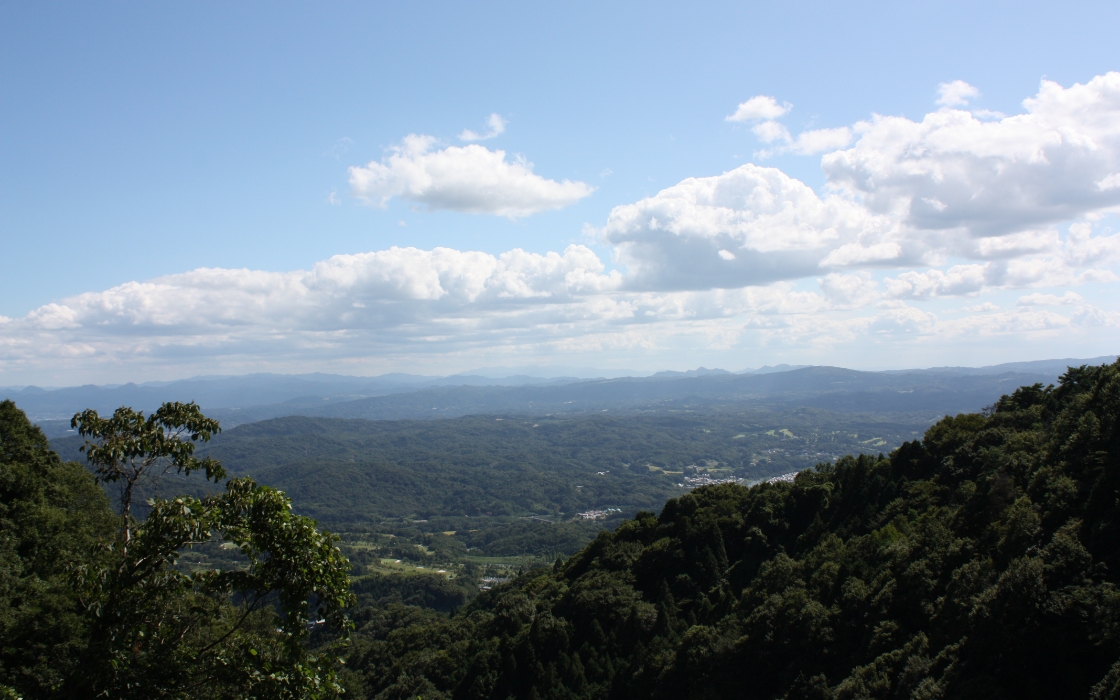
A Spectacular View 600 Meters Above Sea Level
From November to January, the coldest months of the year, a sea of clouds enshrouds the mountains. The mountains are tinged red with the changing autumn leaves, which, when combined with the clouds below, creates a world of fantasy. The observation deck is a scenic location from which you can see the expansive beauty of the basin, and you can see the cityscape of Iga as well as the mountains of Nara Kongo.
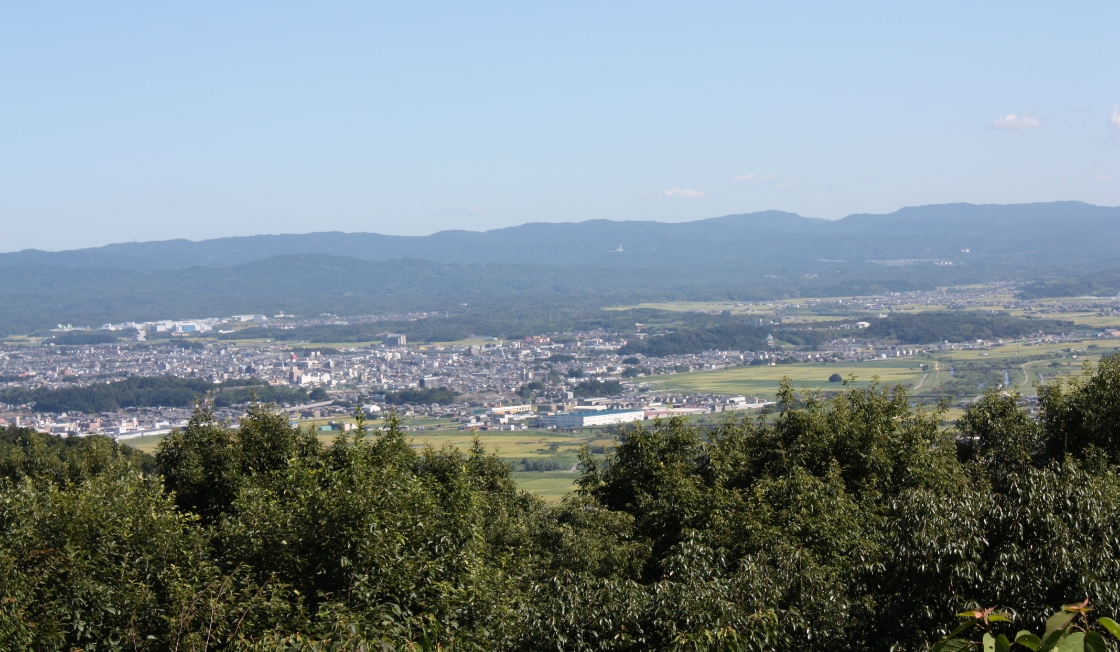
Otogi Pass
Otogi Pass offers stunning panoramic views of the Iga Basin and is often featured in historical novels and films.
After the Honnō-ji Incident in 1582, it is said that Tokugawa Ieyasu, aided by Iga ninja, made a daring escape over this mountain pass to return safely to his domain.
(Some theories suggest he may have taken an alternate route via Marubashira.)
The pass has been used as a dramatic backdrop in numerous works, including the film “Castle of Owls” (Fukurō no Shiro) and “Sakai-ke no Shiawase”.
Its natural beauty and historical significance continue to draw visitors and storytellers alike.
| Adress | Nishiyama,Iga City,Mie |
|---|---|
| Contact | TEL:(+81)595-26-7788 |
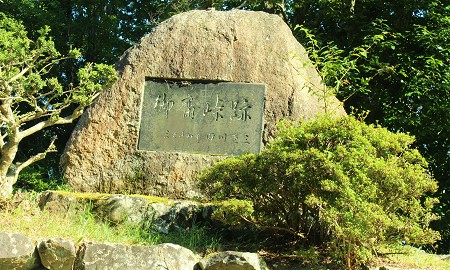
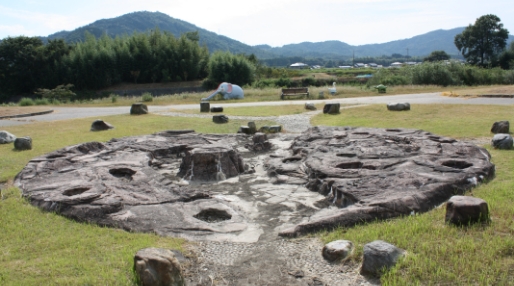
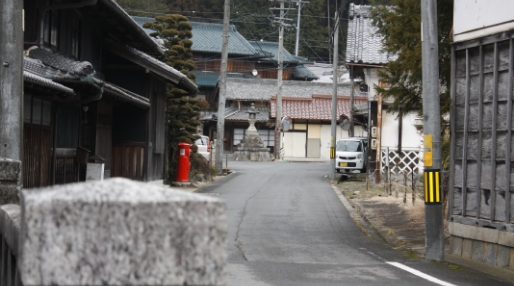
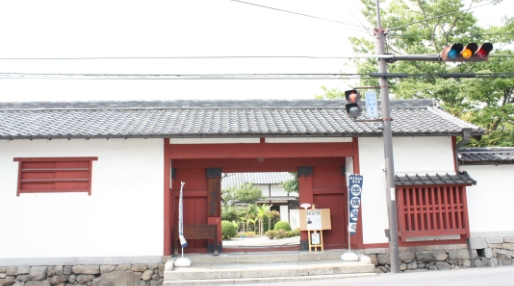
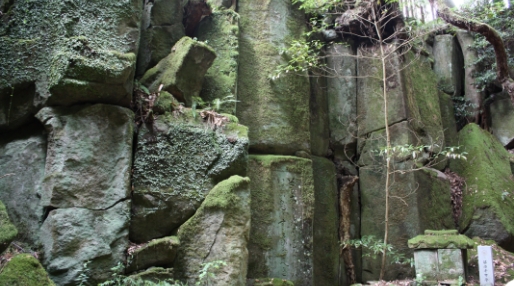
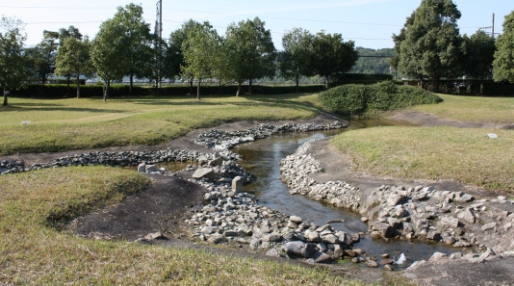
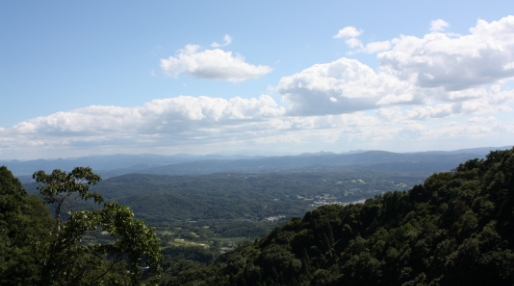
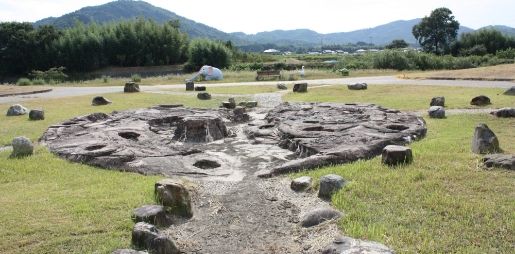
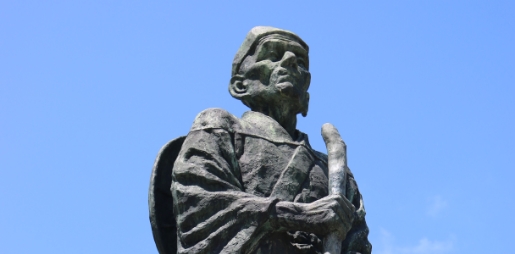
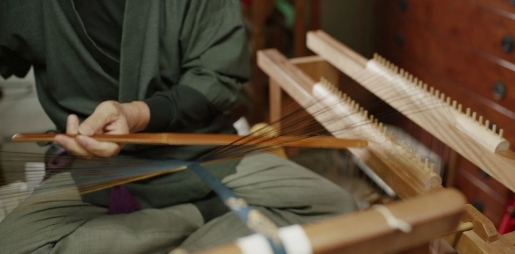
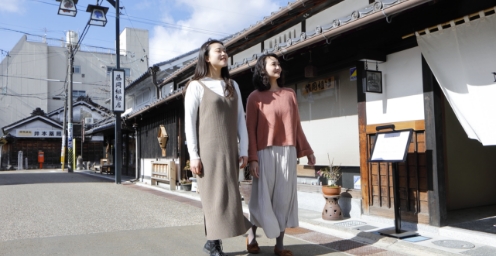
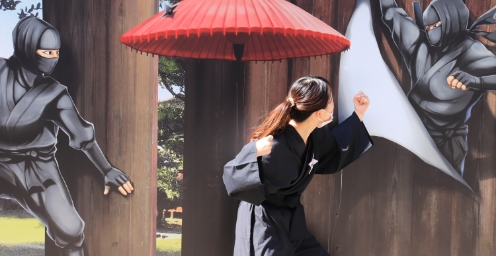


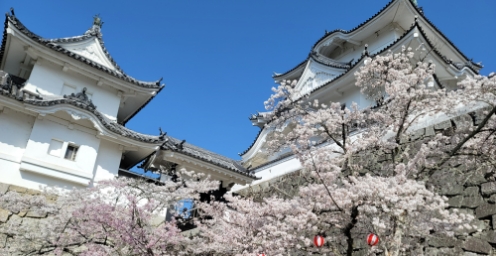
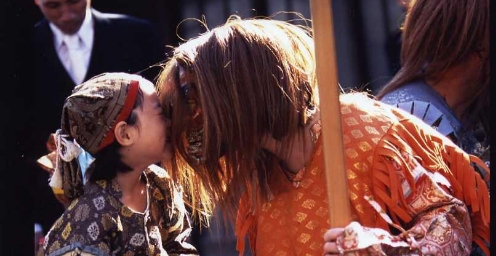
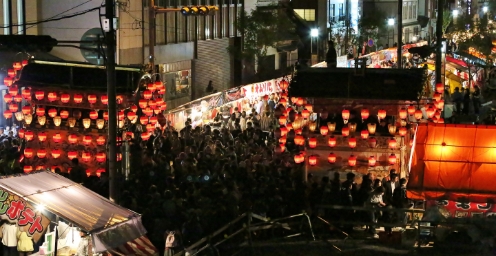




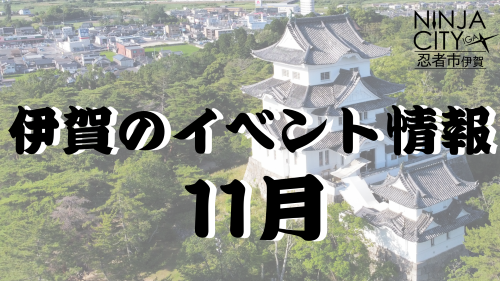

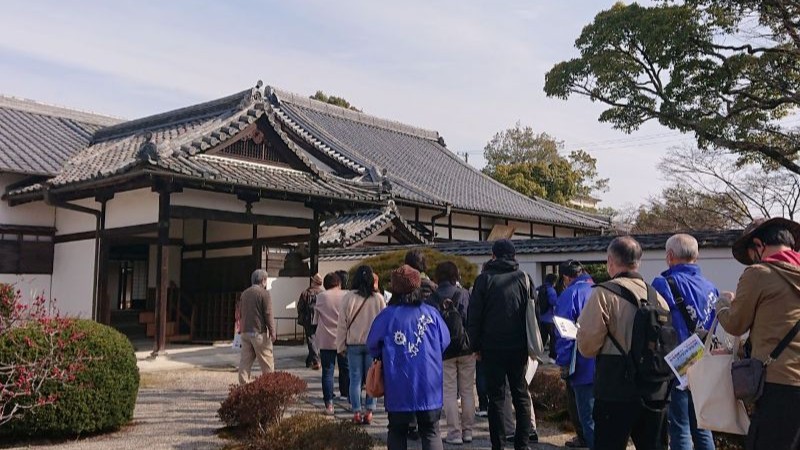
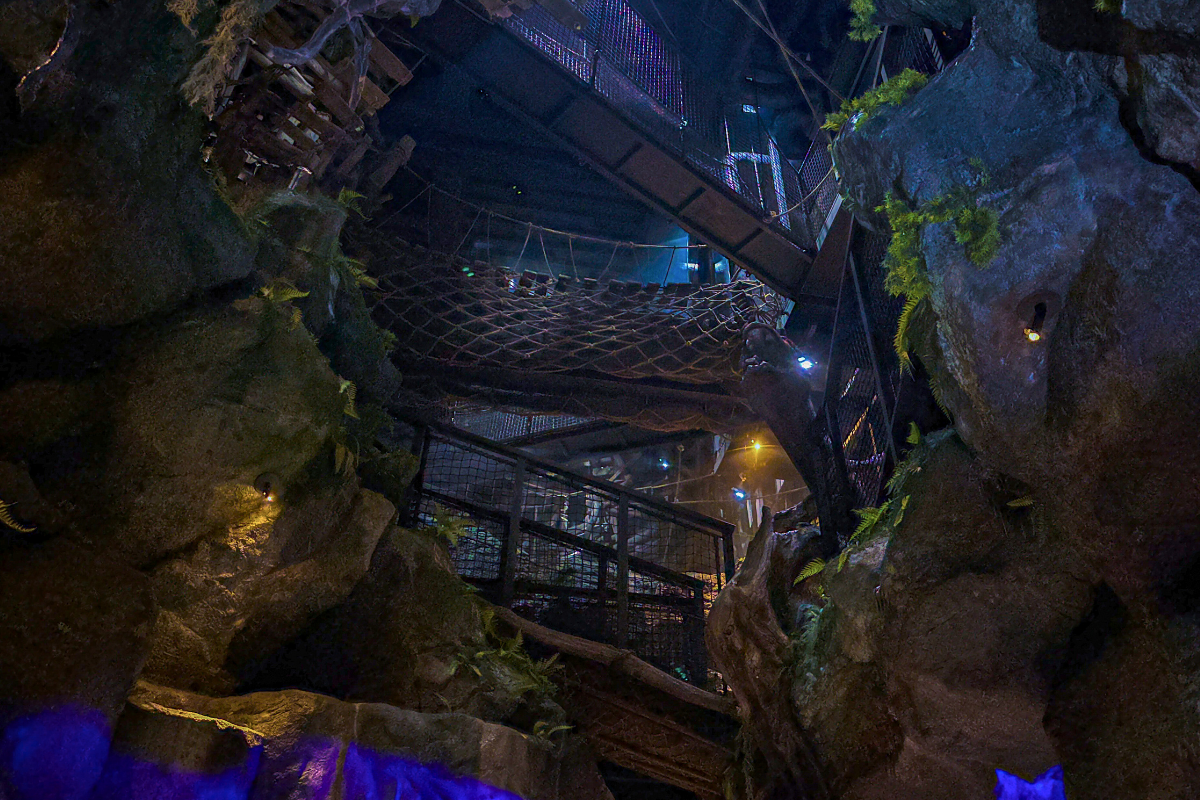

.png)
